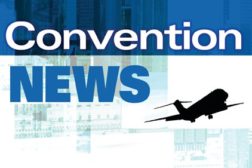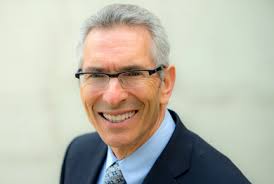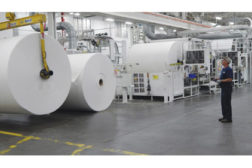Workplace Safety Culture
Safey Culture controversy
Does “safety culture” isolate safety? Is it a misunderstood cliché? We survey the experts
October 2, 2013
The “Right Home” for EHS
You want visibility, influence & support within your organization
October 2, 2013
A plant manager talks safety
Strategies to use when safety pros lack bandwidth or support staff
October 2, 2013
Never miss the latest news and trends driving the safety industry
eNewsletter | Website | eMagazine
JOIN TODAYCopyright ©2024. All Rights Reserved BNP Media.
Design, CMS, Hosting & Web Development :: ePublishing











